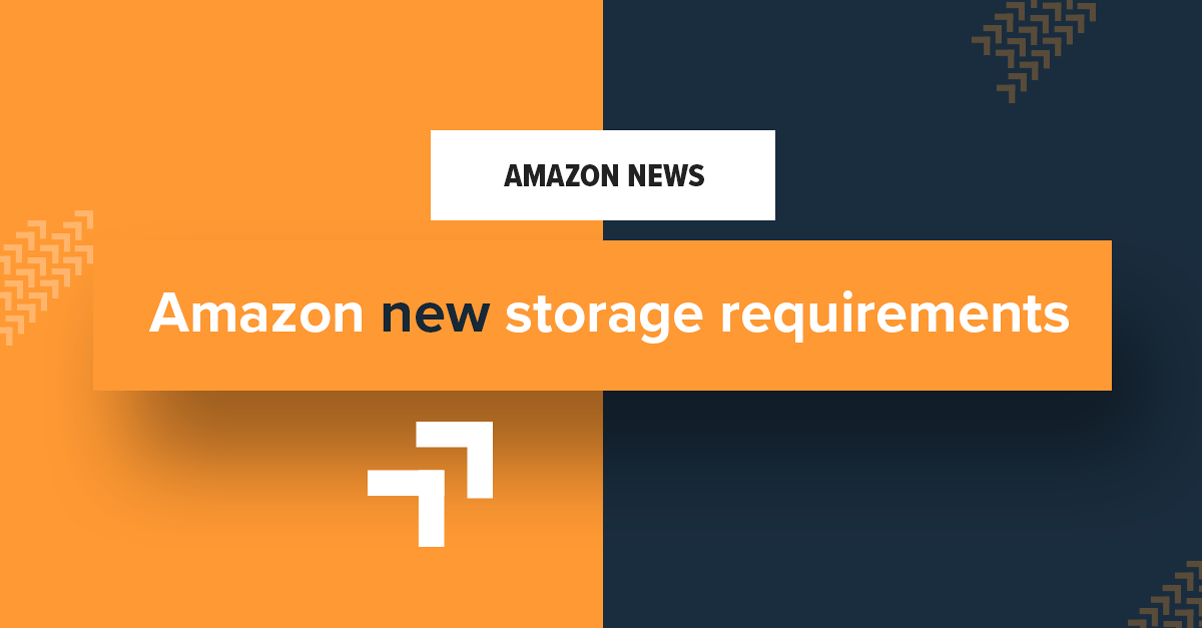In September Amazon introduced new long-term storage fee (LTSF) schedule, with fees being charged monthly instead of twice a year. That, combined with Amazon’s new storage limits, means that sellers using the FBA program need to be paying more attention than ever to their inventory stored at Amazon fulfillment centers.
What are the new requirements?
Amazon is now using your Inventory Performance Index (IPI) to determine how many cubic feet of storage you can have in their fulfillment centers.
IPI measures inventory management over time. It monitors how efficiently you balanced inventory levels with sales, fixed listing problems, and restocked popular items in the past three months.
The IPI can be found in your Inventory Planning dashboard. If you maintain score of 350 and above, Amazon will give you unlimited storage. If your IPI score is below 350 at the end of a quarter, Amazon will restrict your inventory storage for the following quarter.
Quarterly storage limits are based on:
- Your sales volume;
- Your historical IPI scores;
- Available fulfillment center capacity.
As for the new long-term storage fees, in the past Amazon’s inventory clean up took place February 15 and August 15, with fees as high as $22.50 per cubic foot for units older than 365 days. Beginning September 1, Amazon’s inventory cleanup is now the 15th of every month. The per cubic foot fee did drop to the following:
| Inventory cleanup date | Items in fulfillment centers 181to 365 days | Items in fulfillment centers more than 365 days |
| 15th of every month | $3.45 per cubic foot | $6.90 per cubic foot |
There is also a minimum fee of $0.50/unit for units older than 365 days. More information can be found on Amazon’s help page FBA long-term storage fees.
With these fees now being charged monthly sellers need to pay close attention to their Inventory Age reports and the estimated LTSF. If you have any units at the fulfillment centers that are 181 days or older, you will need to make some decisions or risk racking up thousands of dollars in excess storage fees.
Some actions you can take include:
- Increasing sales velocity through advertising or promotions.
- Removing the units – after which you won’t be able to send more in for three months unless your inventory level falls below Amazon’s expected sell through
- Paying the fees – this is sometimes the best choice if your fees are relatively low and you expect you’ll be able to sell through the older inventory in the next month.
With these changes and the cost of storing inventory at Amazon’s fulfillment centers, it’s more important than ever to closely monitor your inventory, identify products that are not selling through as expected, and taking steps to correct the problem.
Sources: Ecomengine.com, Amazon


